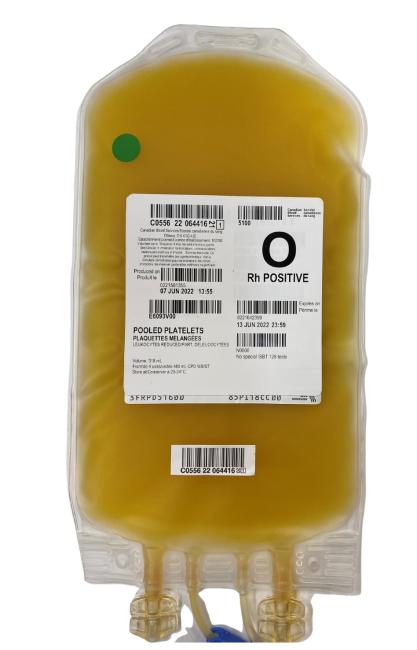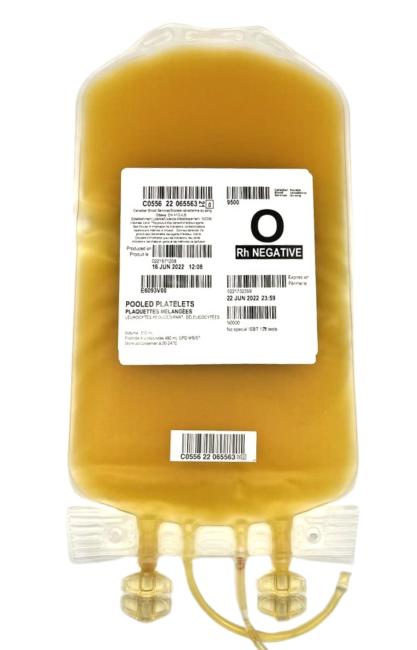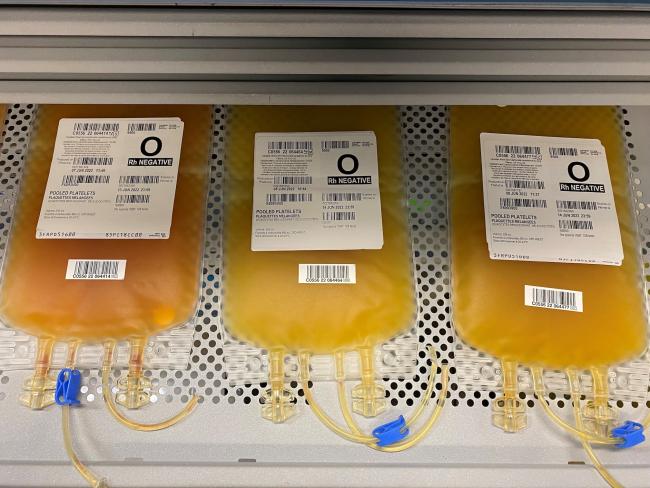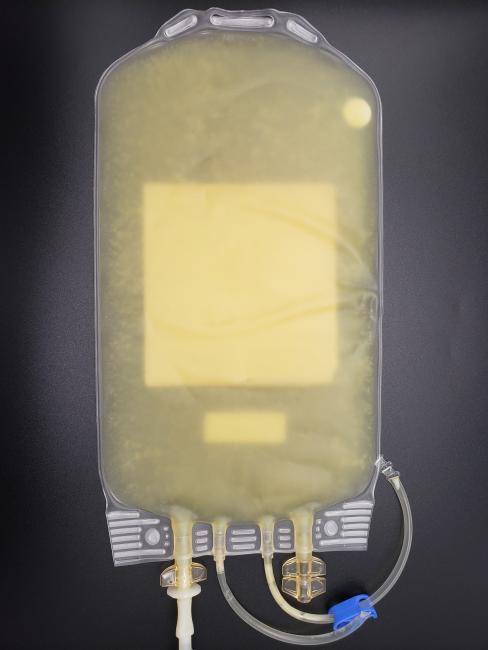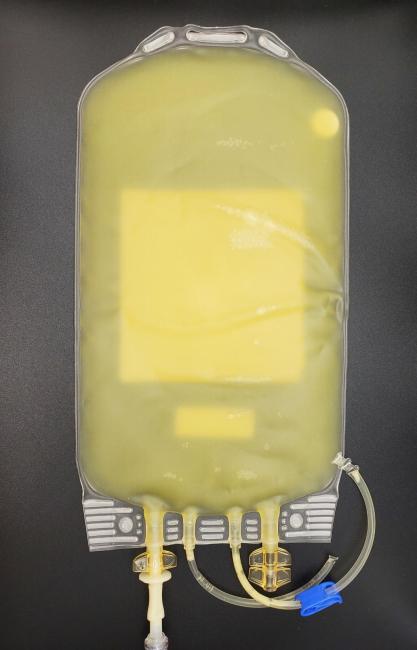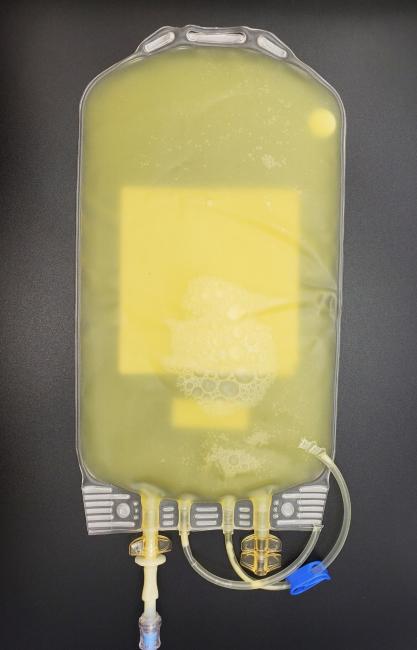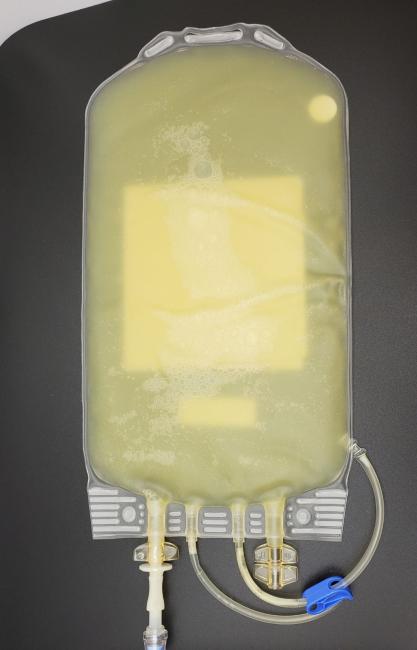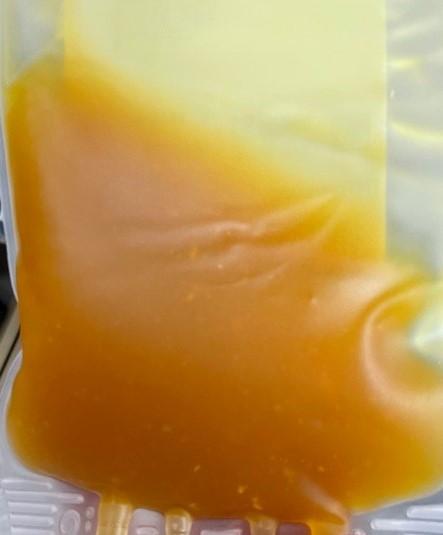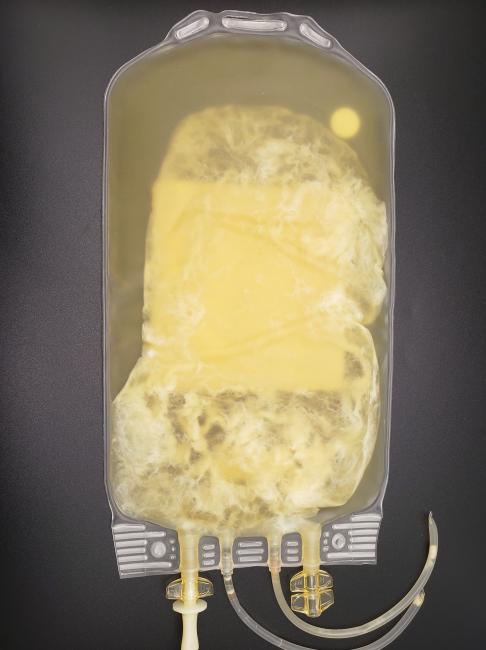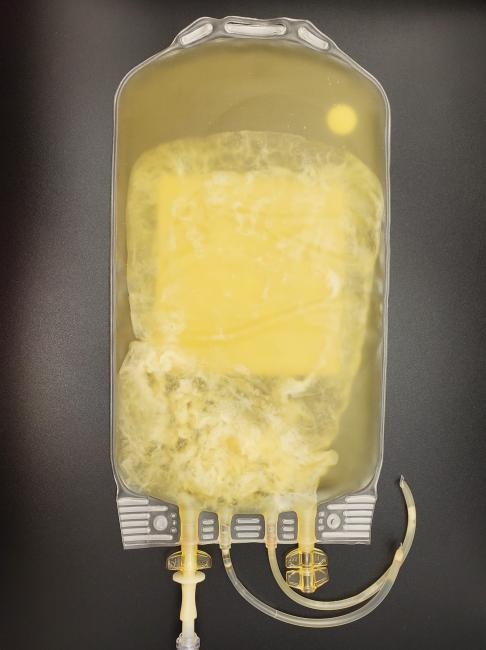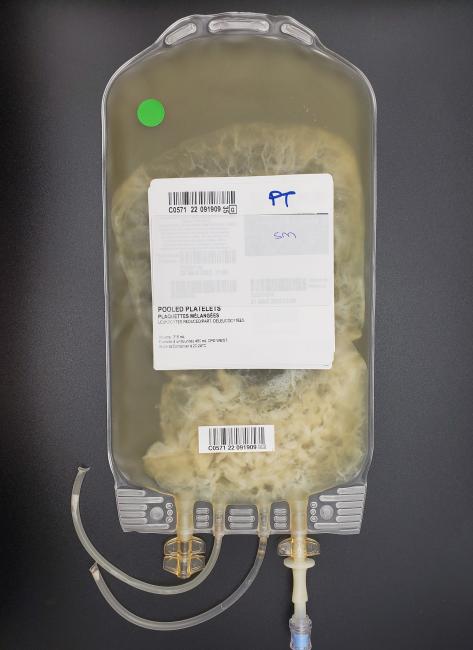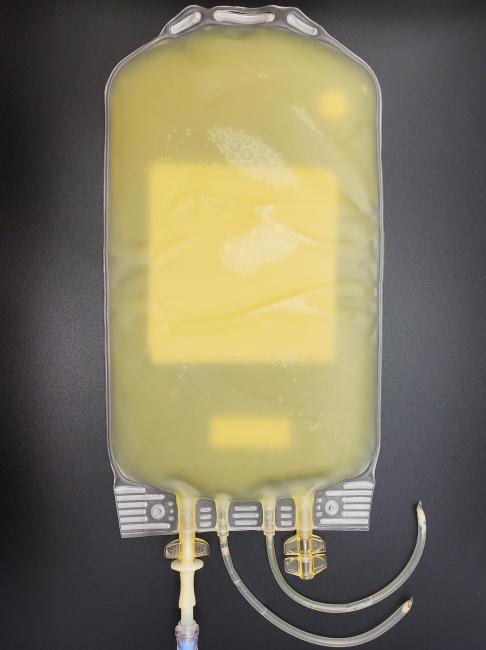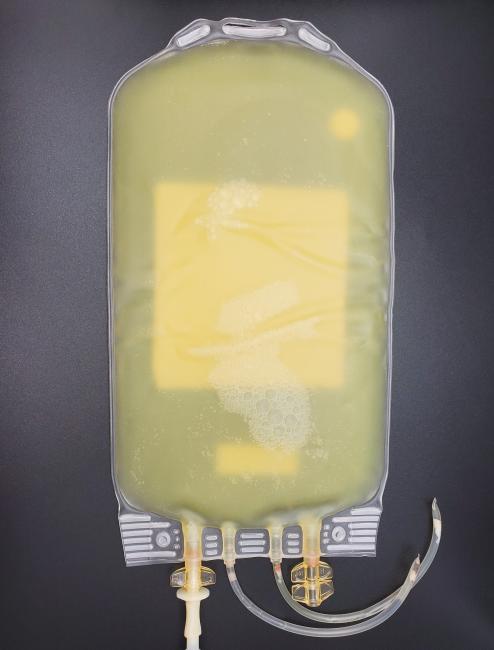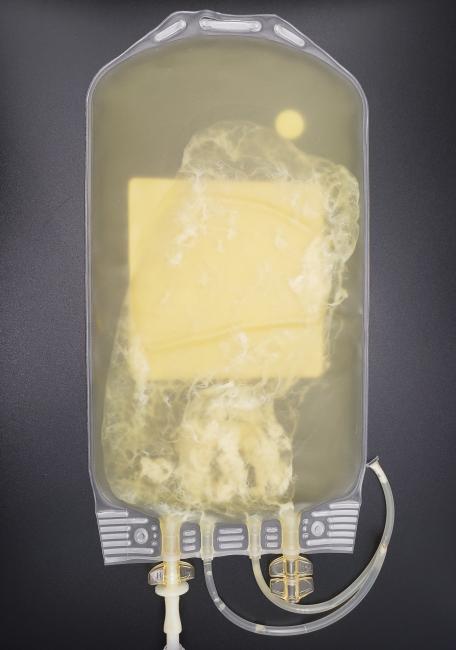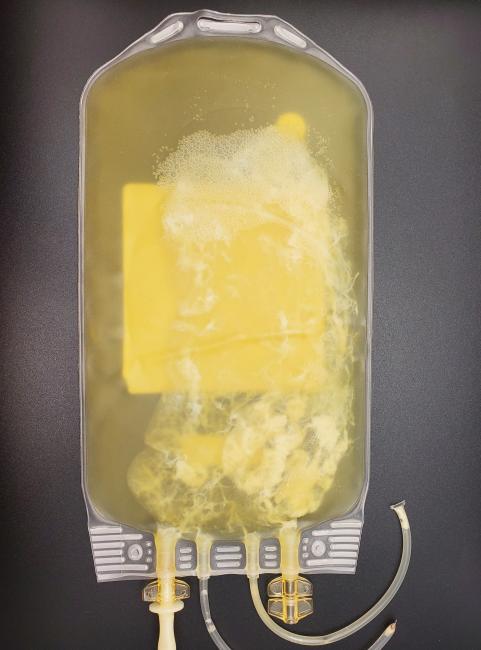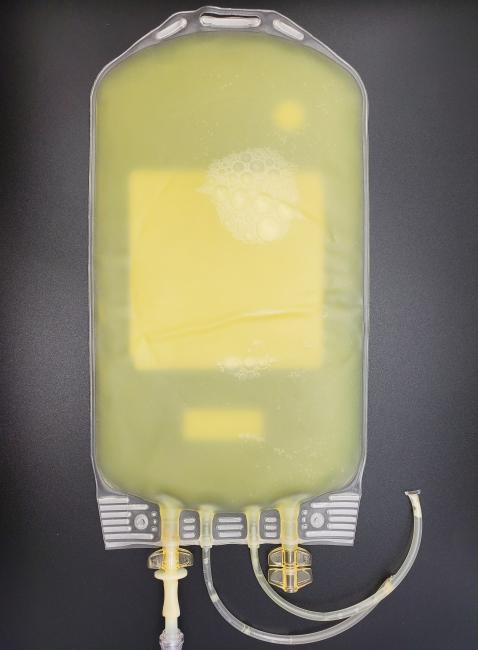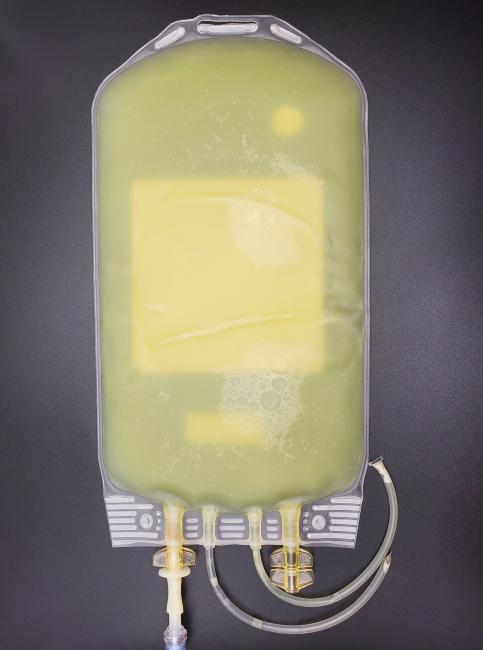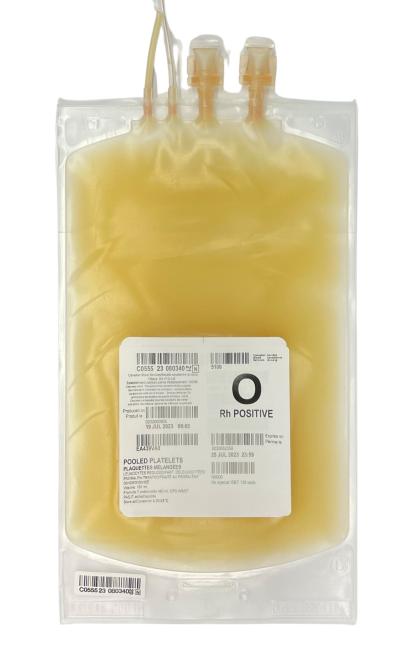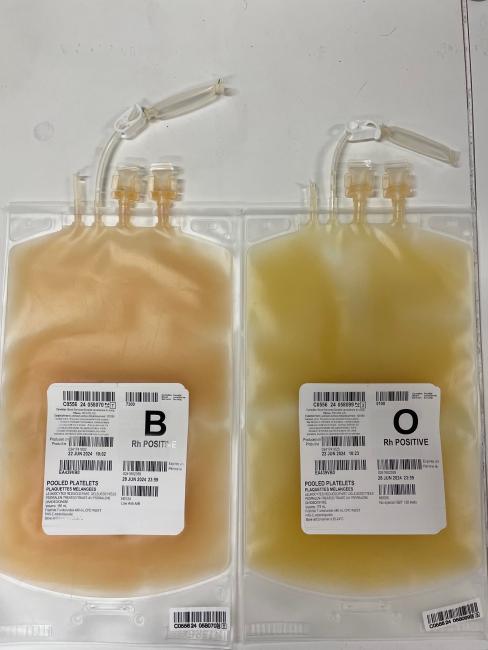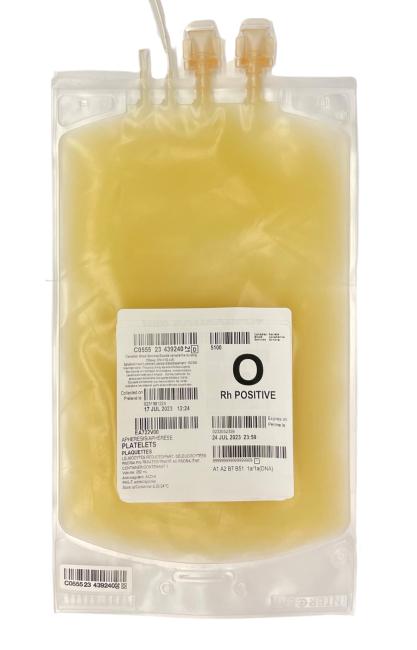Plaquettes: Contamination bactérienne
La contamination bactérienne se définit comme la présence de bactéries dans le sang. Le sang devant être exempt de bactéries, il est recueilli et traité dans des conditions stériles pour garantir l’asepsie. L’inactivation des agents pathogènes par le traitement au psoralène réduit davantage le risque de contamination bactérienne des plaquettes. La Société canadienne du sang analyse toutes les unités de plaquettes non traitées au psoralène pour vérifier si elles sont contaminées par des bactéries. Les composants sanguins contaminés par des bactéries ne doivent PAS être transfusés et tout composant dont l’inspection visuelle fait soupçonner une contamination bactérienne doit être signalé à la Société canadienne du sang au moyen du formulaire de rétroaction sur notre site sang.ca. Contactez le centre de distribution le plus proche pour signaler cette éventuelle contamination et recevoir d’autres instructions.
Voici quelques causes possibles, bien que rares, de contamination bactérienne :
- Donneur atteint d’une bactériémie asymptomatique (bactéries subcliniques dans le sang).
- Nettoyage inadéquat de la peau avant la ponction veineuse. (Note : Pour réduire au minimum les risques de contamination bactérienne, la Société canadienne du sang utilise un sac de prélèvement pourvu d’un dispositif de déviation qui recueille les premiers millilitres de sang. En complément d’un protocole rigoureux de nettoyage de la peau, ce sac de prélèvement empêche la prise percutanée et les bactéries de la peau d’entrer dans le sac principal.)
- Perte de stérilité pendant la fabrication ou la manipulation du composant
Aspect
- La présence de bactéries peut produire des gaz, qui se manifestent par des bulles excessives.
- La présence de bactéries peut déclencher le processus de coagulation et provoquer ainsi la formation de caillots et de filaments de fibrine.
- Turbidité
- Couleur grise
